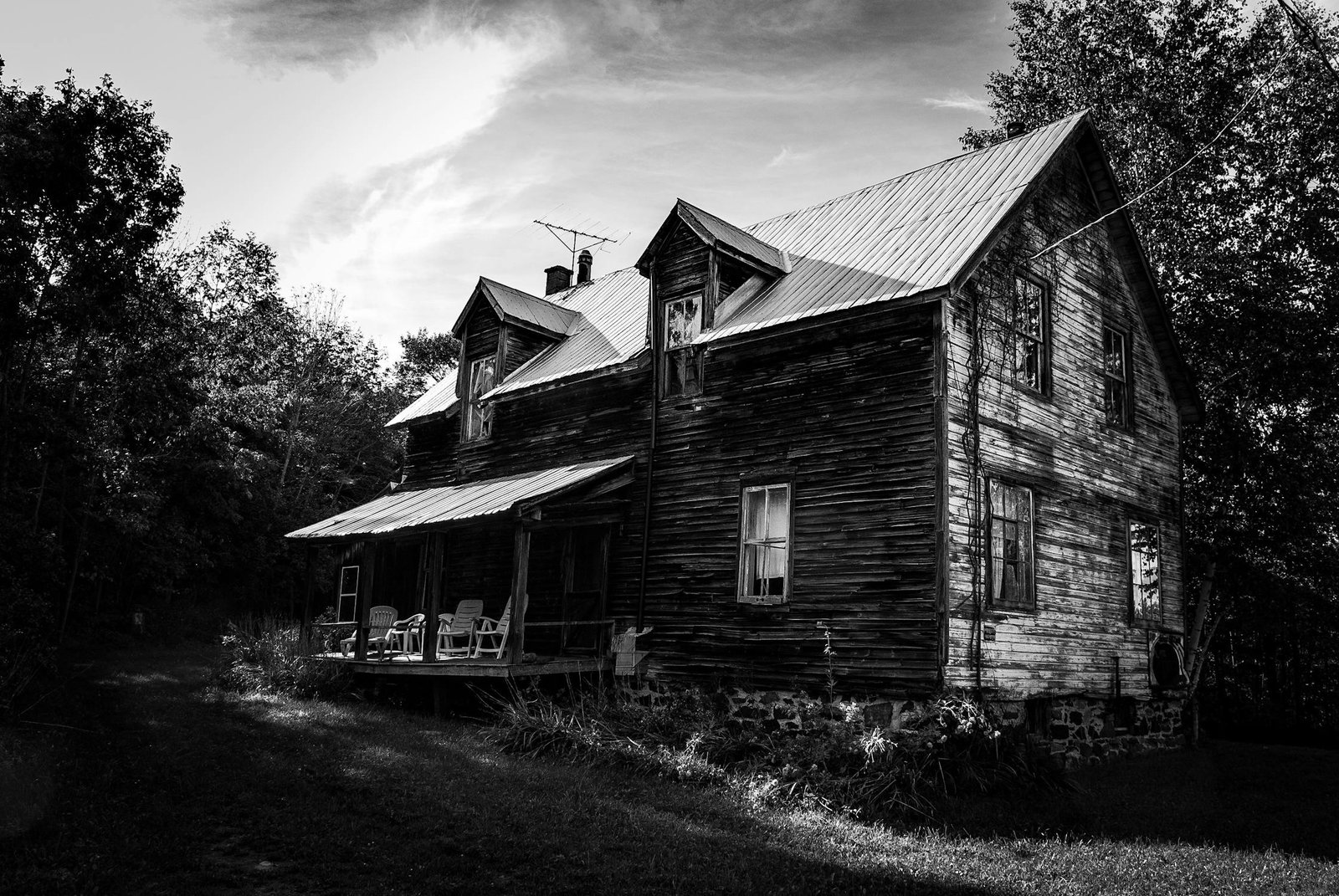The Significance of Vishwakarma Puja
Lord Vishwakarma, the son of Lord Brahma, is called the great “engineer” or “architect” of the world. As per Hindu mythology, he was born during Samudra Manthan (the sea churn) by the gods and the Asuras.
He is said to have architected several artefacts in this universe.
- Trishul of Lord Shiva
- The Sudarshan Chakra of Lord Vishnu
- Dwarka for Lord Krishna
- Indraprastha for the Pandavas
- Pushpak Vimana for Ravana
All of these are the epitome of architectural geniuses, as per mythology. Hence, all factory owners, shop owners, and architects pay their obeisance to Lord Vishwakarma to celebrate the gift of craftsmanship. Usually, it is celebrated on September 17 every year. But there are aberrations depending on the lunar calendar. This year, the festival is on September 18.
The deity of Lord Vishwakarma is “Sayambhu” or “self-born”.

My Memories
My father was working at the Durgapur Steel Plant (DSP), West Bengal. Viswakarma Puja at Durgapur was always a special occasion as a 90’s kid.
My earliest memories of the puja are of vivacious kite-flying competitions, Vishwakarma puja celebrations in the contractors’ factories, and an overload of sweet packets at home. The mornings consisted of getting together with Didi and friends to get the colourful kites in place.

The kite-flying competition holds a special place of significance for the puja. As Lord Vishwakarma is considered a master architect, the kites in the sky are thought to represent the flying chariots of the Gods in the skies. The chariots are said to have been designed by Lord Vishwakarma.
The kites flying in the clear blue skies transformed the sky into a canvas of colors. Adding to the fun were “Bho Katta”, or shouts of joy, every time the strings of another kite were ‘cut’ by another through sheer manoeuvring skills. The quaint town of Durgapur always came alive on this day with cries of joy, laughter, and merrymaking.
Kite flying taught us healthy competition and the art of cheering for each other.
The Temptation
One of the sweetest memories of Viswakarma Puja was waiting for Baba to return home from the plant armed with a truckload of sweets. The puja took on an industrious hue in the factories of the contractors. Each one of them came loaded with sweet packets for the plant officials. The contractors, as a token of goodwill, distributed the packets among the plant employees.

All the sweets were maddeningly delicious. However, I could never forget how I waited for the “pink” rasgullas or roshbhoras. Though they did not taste any different from their white counterparts, the sheer colour put a magnetic aura on them. I would rummage through the packets to take away my share while Ma would shout, “Egulo colour dewa ache (these are colored).” Then came the turn of distributing the packets among friends and families who did not work in the plant.
The sharing of sweets brought together the multi-cultural community of the steel township, breeding unity in diversity.
The Evenings
The contractors showed their reverence to Lord Viswakarma by creating beautiful idols on the factory premises. The evenings were spent visiting a few of these pandals. As a young observer, I wondered how their faith in God and excellent craftsmanship created a fusion. It was as if the chief architect of the universe would watch from the heavens and shower them with the gift of craftsmanship.
The industrial celebrations were a testament to the devotion of craftsmen to their craft.
As a child, I still vividly remember these events. There were a few important lessons they taught us over the years:
- Kite flying taught us healthy competition and the art of cheering for each other.
- The industrial celebrations were a testament to the devotion of craftsmen to their craft.
- The sharing of sweets brought together the multi-cultural community of the steel township, breeding unity in diversity.
As I pen down these memories, I feel a strong sense of nostalgia.
















Facebook Comments